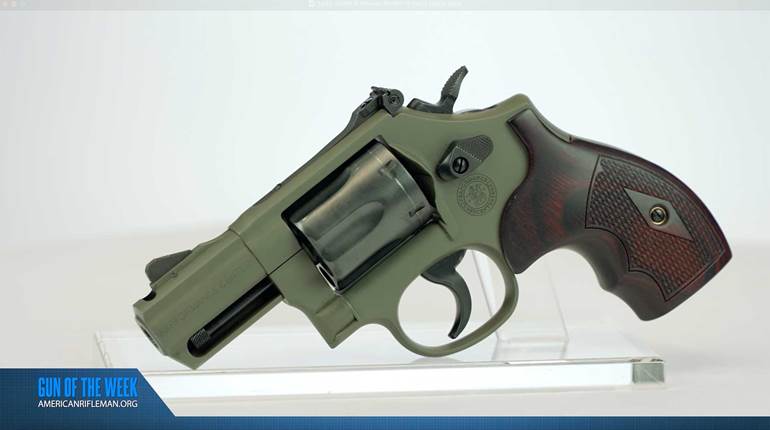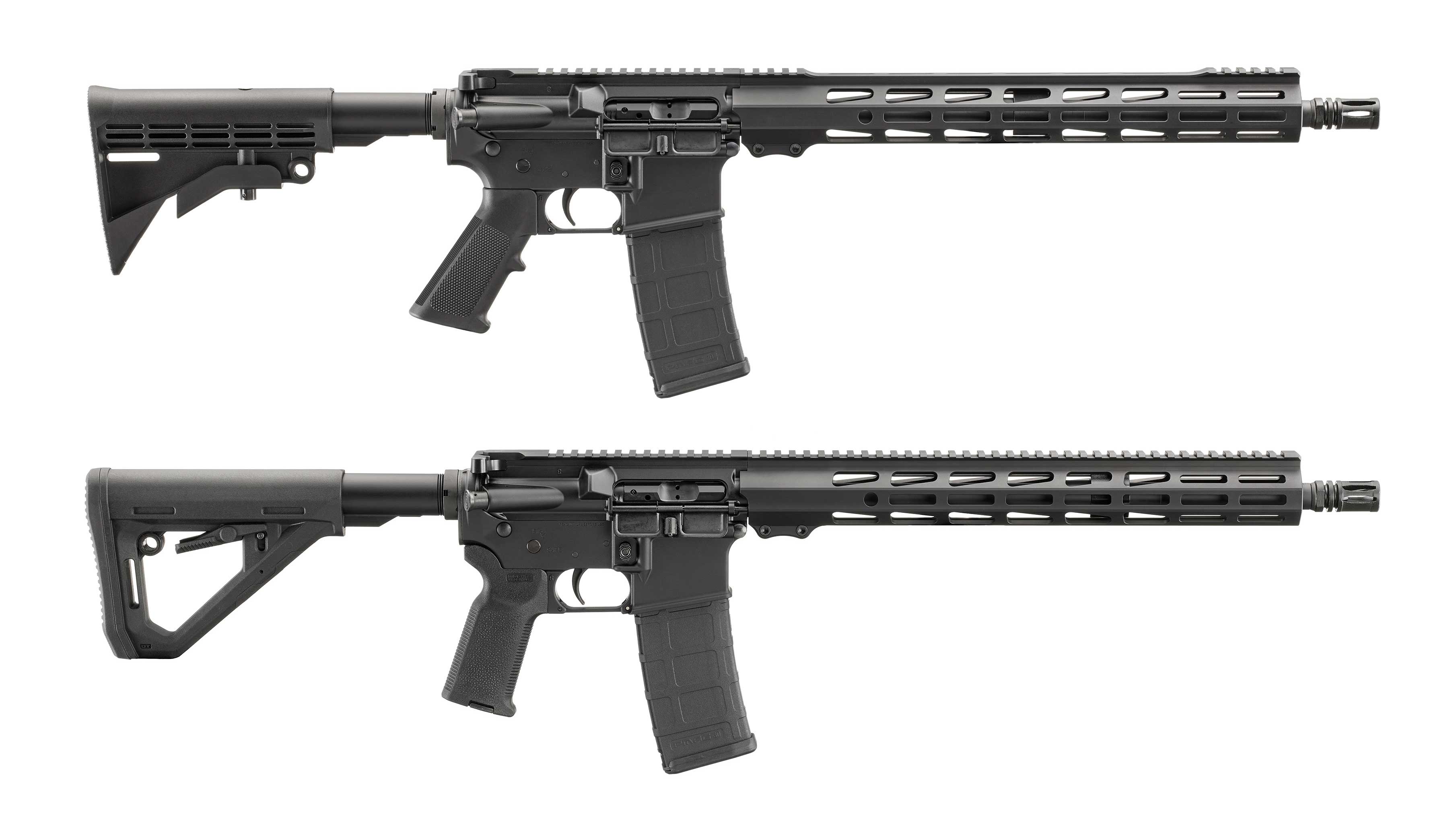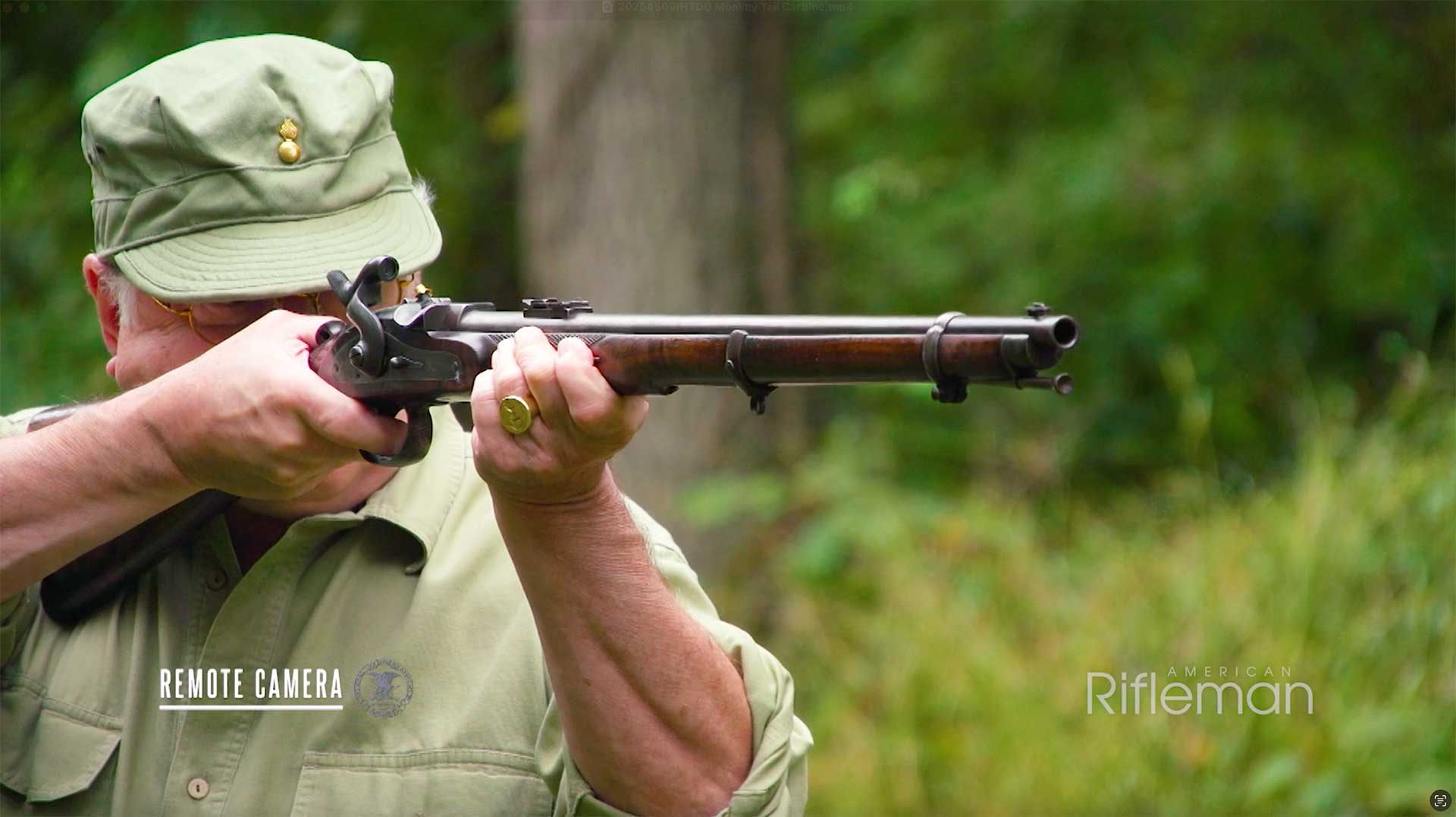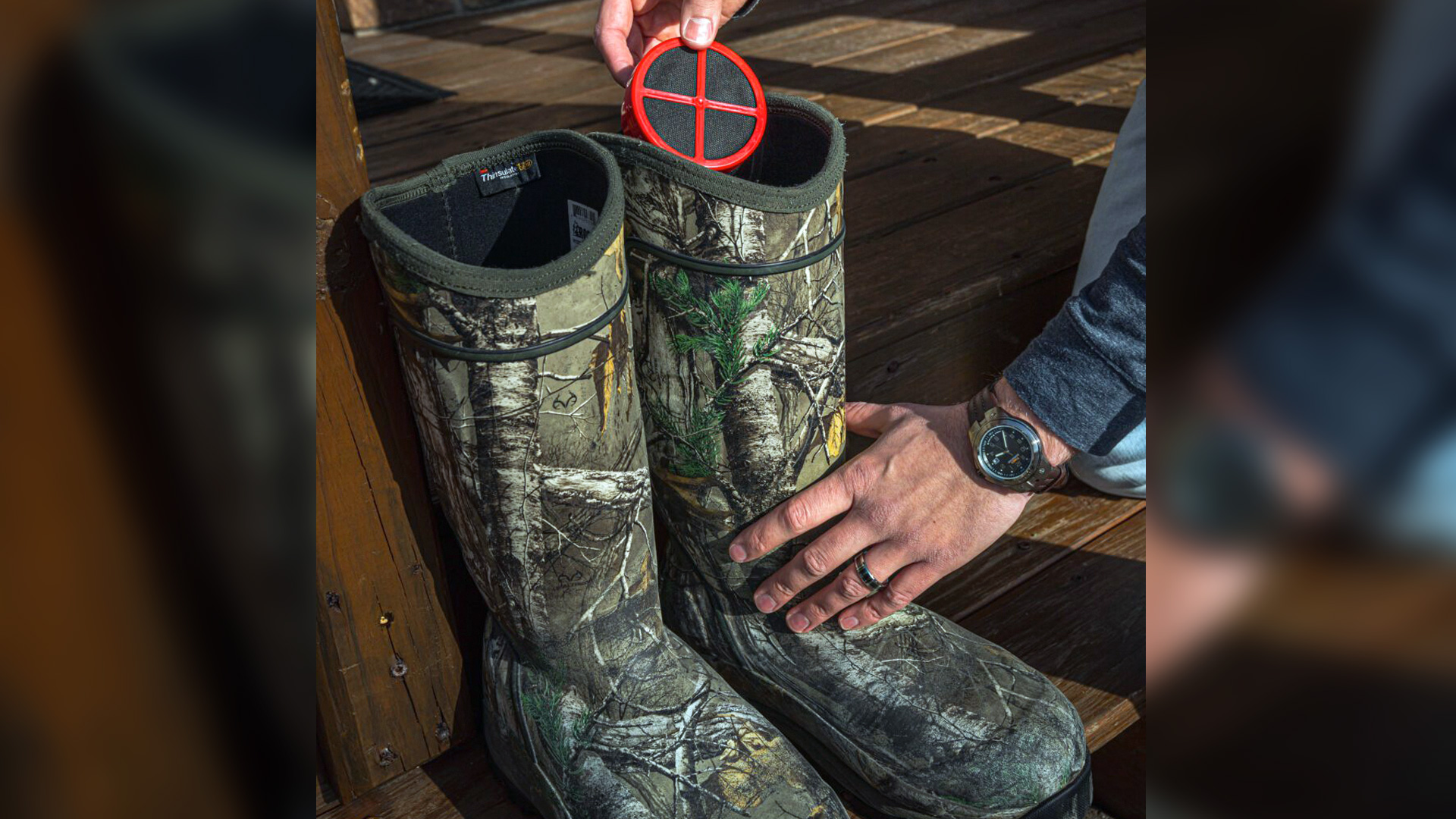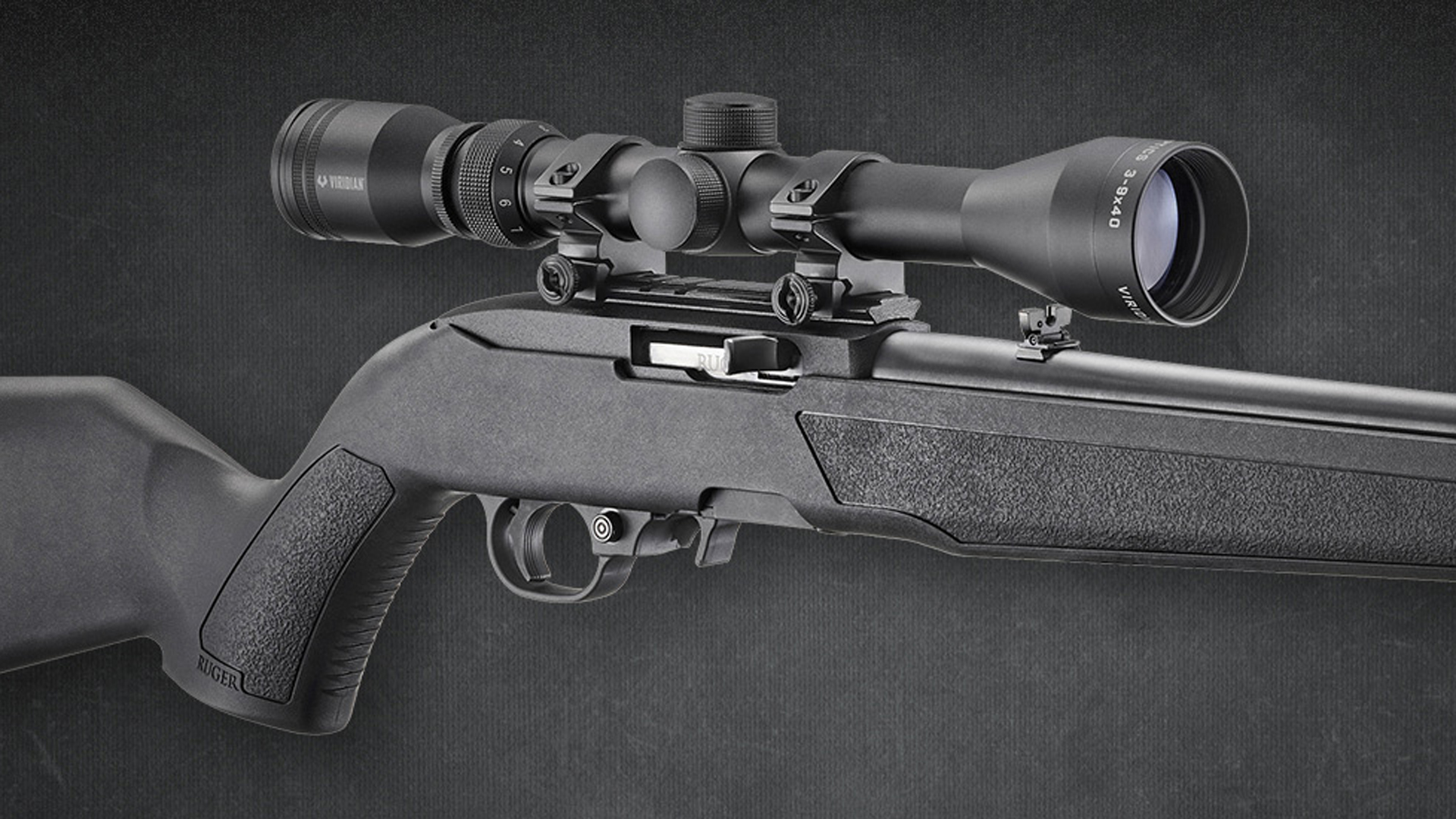
Among the thoughts running through my mind that heady day was, “I wonder if the guys who developed the Hand Ejector series of revolvers back in 1894 had any idea of how well they would be received?”
The Hand Ejector revolver originally came in two frame sizes, .32 and .38. Inside the factory, they were known as the I- and K-Frames. It would be decades before the factory nomenclature of letter frame designations would be divulged to the public via gun writers.
A bit more than a half century later—1949 to be exact—Carl Hellstrom, the first head of the company not from the Wesson family, had the engineering department revamp the I-Frame in order to produce a smaller .38 Special revolver. The changes involved slightly increasing the size of the I-Frame and changing from a flat mainspring to a coil mainspring.
This new frame was designated the J-Frame, and in October 1950, the first J-Frame .38 Special left the factory. It was introduced to the International Association of Chiefs of Police (IACOP) at its conference held in Colorado Springs that year. A contest to name the new gun was conducted at that conference. Because it was designed as a plainclothes man’s weapon, the name “.38 Chiefs Special” was the favorite name and it stuck. Eventually the .38 was dropped, and everybody just called it a Chiefs Special.

Initially, the Chiefs Special came with a 2” barrel, but by the end of that first year, a clamoring among policemen pushed Smith & Wesson to begin offering the revolver with a 3” barrel. Sales were brisk, but the small, round-butt grip frame made the revolver difficult to control with duty ammo. Two years after its introduction, the factory began producing a square-butt version of the Chiefs Special for those whose hands were larger than average.
The first Chiefs Specials had fixed sights, but beginning in 1955, a target- or adjustable-sight variation was made in limited runs. It has been produced off and on over the years in round- and square-butt versions with blue or nickel finish. The year 1957 brought about the numbered model designation for Smith & Wesson products, and the Chiefs Special was given the Model 36 name.
Smith & Wesson has always been at the cusp of innovation, and in September 1952, it began making the Chiefs Special Airweight with a frame made from aluminum with blue (anodized) or nickel finish. It was later given the model number 37. This revolver was originally submitted to the Air Force as a pilot’s companion—weight being an almost overwhelming factor for anything that flies—but despite its 10 3/4 oz. weight, the M&P Airweight was give the nod by the Air Force because it’s easier to shoot. In March 1953 a square-butt version of the Model 37 was offered with either a 2” or 3” barrel.
Another interesting wrinkle in the J-Frame series is the Bodyguard Airweight, introduced in 1955 as an aluminum-framed pocket revolver and given the model number 38. The Bodyguard Airweight featured a rounded extension of the frame that shrouds the hammer to prevent it from hanging up when drawn from concealment.
There is a slot in the top of the shroud exposing the checkering of the hammer spur to allow it to be cocked and fired single action. Four years after its debut, the Massachusetts State Police requested a steel-framed Bodyguard, and, of course, Smith & Wesson obliged, calling it the Model 49.

Bodyguards are sometimes confused with the Centennial models—now referred to as the Models 40 and 42. The Centennial was introduced during the company’s centennial anniversary, 1952—hence the name—and differs from the Bodyguard in that the hammer is fully concealed and the grip frame has a built-in safety that must be compressed to allow the revolver to fire. Like the others, there was a Centennial Airweight Model 42 with an aluminum frame.
By 1964, Hellstrom had died, and William Gunn was running Smith & Wesson. He initiated the research in producing the Chiefs Special in an all-stainless-steel form. Production of what would become known as the Model 60 began in 1965, and by the fall of that year, the new stainless-steel revolver was debuted to the same IACOP as the original Chiefs Special.
Sales and demand quickly outstripped the company’s capability to produce the Model 60. Initially, the Model 60 was made with a bright polish of the stainless steel, but problems with the hammer and trigger, and an outcry from police officers who did not like the flashy polish on their revolvers led to the company going toward a brushed stainless-steel finish.
Barrel lengths on the Model 60 have ranged from 1 7/8” to 5”. In 1996, a .357 Magnum version of the Model 60 was offered featuring a slightly longer cylinder and more modern heat treating to contain the higher pressure of the magnum round. As with its pappy, the Model 60 has been made in both fixed and adjustable sights. Today it is made with a 3” heavy barrel with a full-length underlug.
The original I-Frame Hand Ejector Model—later called the Model 30—was chambered in .32 S&W Long cartridge, in barrel lengths ranging from 1.25” to 6”. In 1961 to simplify things, Smith & Wesson jettisoned the redundant I-Frame and all the .32 calibers were made on the J-Frame. Too, the .32-cal. revolvers are all six-shots.
As with the other J-Frames, round- and square-butts versions were made in blue or nickel finish, and special runs with an adjustable rear sight were made available. The Model 32, nicknamed the .38/.32 Terrier was a five-shot variant chambered in .38 S&W.
When the .32 H&R Magnum round—basically a longer version of the .32 S&W Long—was brought forth in 1984, Smith & Wesson initially ignored it, but in 1992 the company brought out an Airweight Model 032 in the souped up “Volkswagen” caliber. It was made for that year only, and currently no .32-caliber J-Frames are cataloged.

Another long-standing J-Frame has been the .22/.32 Kit Gun or Models 34 and 35. Debuting in 1953 these .22 LR revolvers with adjustable sights and either 2”, 4” or 6” barrels have enjoyed a fairly steady level of popularity among anglers and other backwoods’ loafers. They are still available as the Model 43C, an 8-round, .22 LR or the Model 351 C, a 7-rounder chambered in .22 WMR. Some feel that the .22 WMR is a decent self-defense gun, while others consider it only a trail, small-game or target gun.
Smith & Wesson has always prided itself in offering just about any reasonable variation throughout its product line, and what I have provided here is by no means exhaustive. One could write a book if every single variant were described. J-Frame Smiths remain as a very popular self-defense gun for those who need as much power as they can handle in the smallest package.
Some 30 years ago, I latched on to a Model 60. It and I have logged in thousands of miles together. When I left the factory tour in 2006, I came away with a Model 342 PD, an 11-oz., Scandium-frame .357 Magnum that I carry quite often today. I still can’t help but ponder whether those gentlemen who designed, developed and began manufacturing those Hand Ejector revolvers could imagine they would remain mainstays in the Smith & Wesson line 121 years later.
Smith & Wesson Letter Frames
M-Frame: Smallest of all the Hand Ejector frames; 7-shot, first referred to as the Ladysmith, chambered in .22 Long, made from 1902 to 1921.
I-Frame: One of the two original Hand Ejector frame sizes, .32 caliber, 6-shot, made from 1894 to 1953.
Improved I-Frame: Differs from the original I-Frame in that the improved version uses a coil instead of a leaf-type mainspring; made from 1953 to 1960.
J-Frame: Slightly larger than the I-Frame and the first to utilize a coil mainspring, made from 1950 to the present.
K-Frame: The other original size Hand Ejector, often referred to as the .38-caliber frame; made from 1894 to the present.
L-Frame: A midway frame size between the K- and N-Frame, designed to withstand heavy .357 Mag. loads better than the K-Frame; introduced in 1980 and still produced.
N-Frame: Large (.44-caliber) frame, introduced in 1908 with the New Century Hand Ejector revolver (a.k.a. Triple Lock); manufacture continues to this day.
X-Frame: Extra-Large frame with a K-Frame grip introduced in 2003 to handle the company’s most powerful handgun cartridge to date, the .500 Smith & Wesson Mag.













